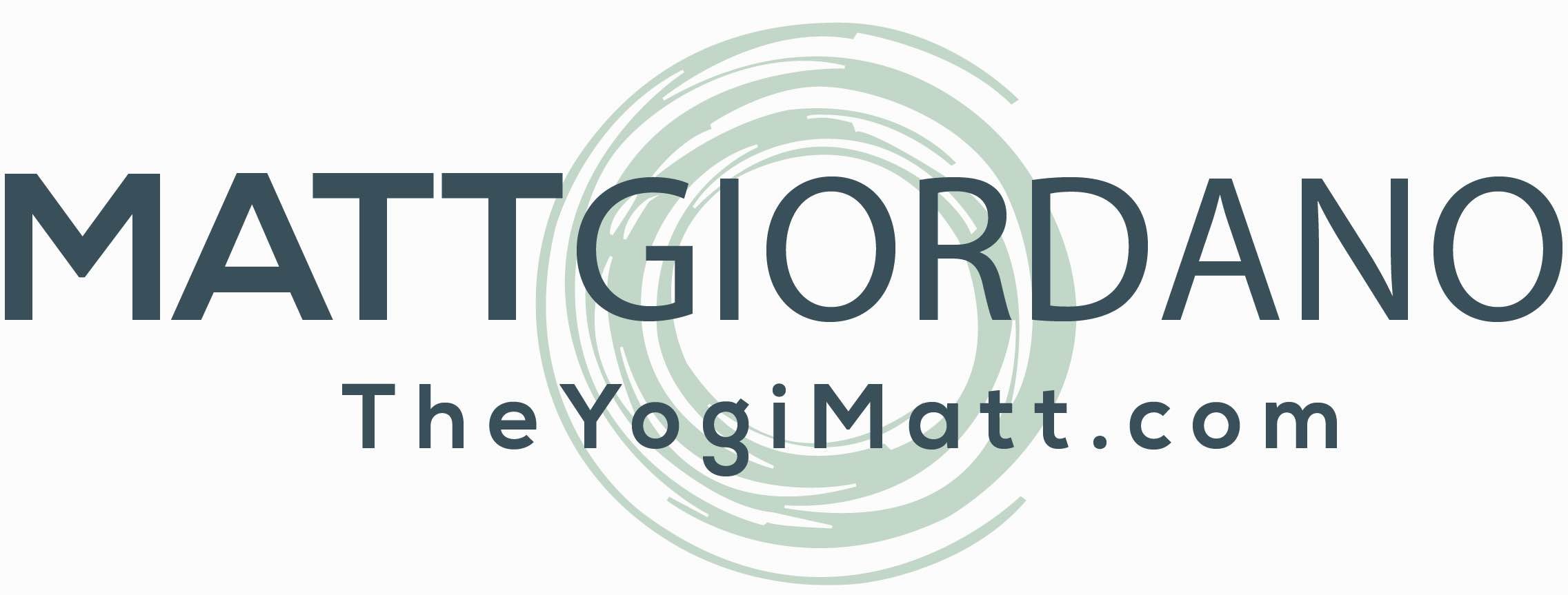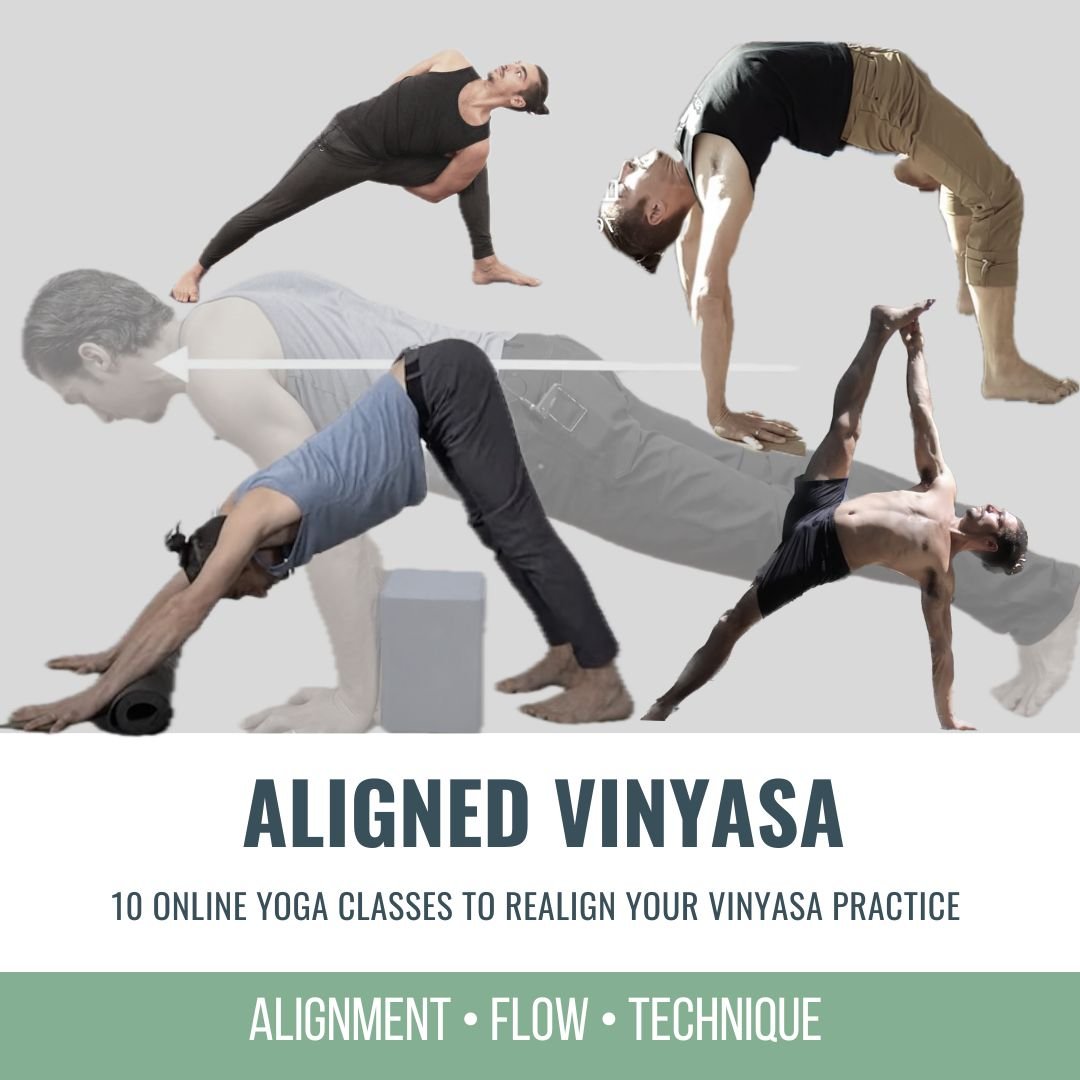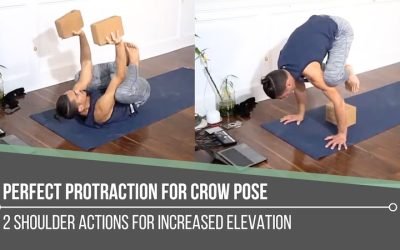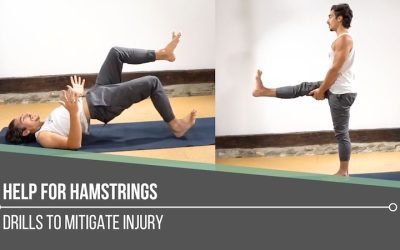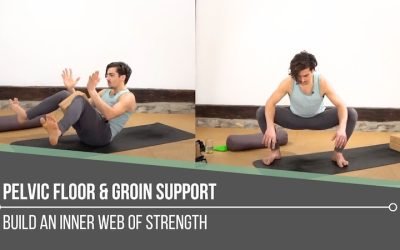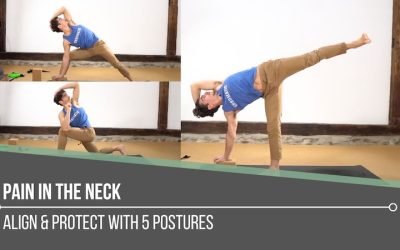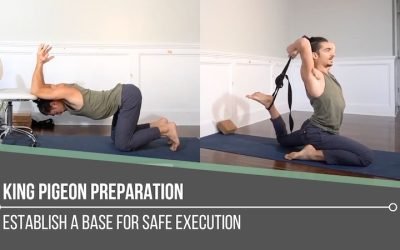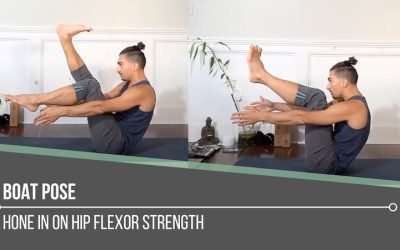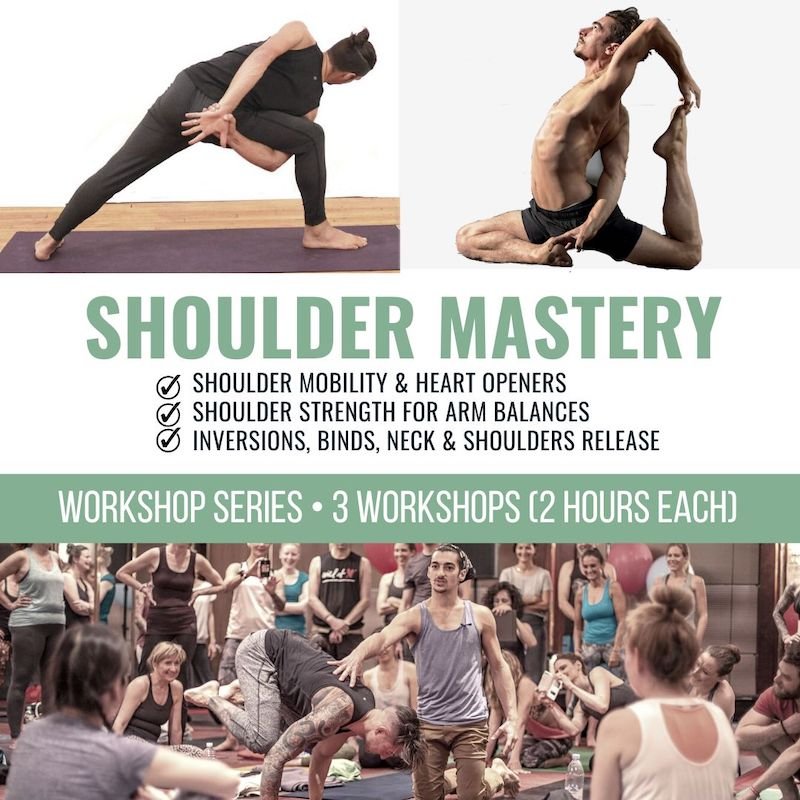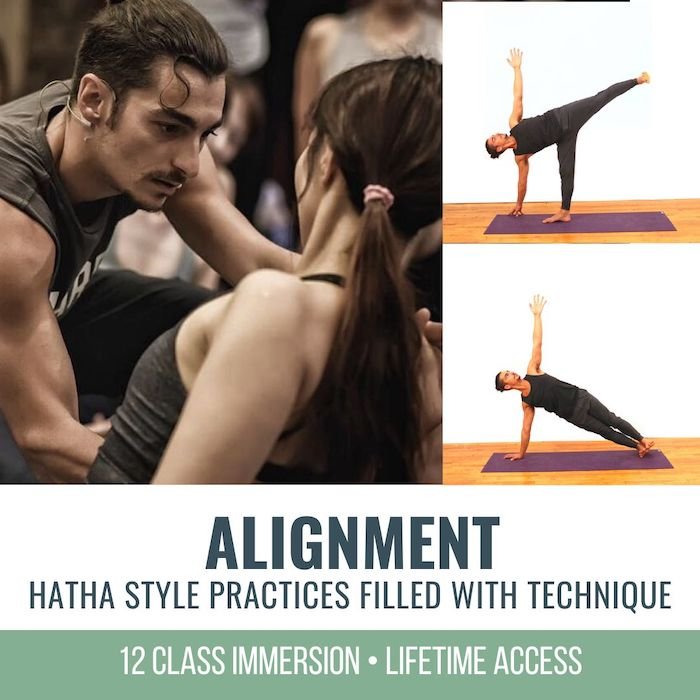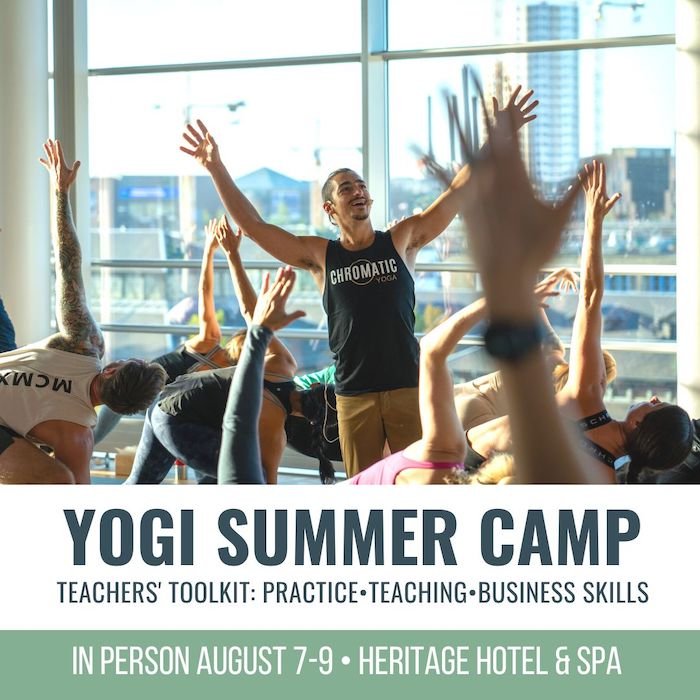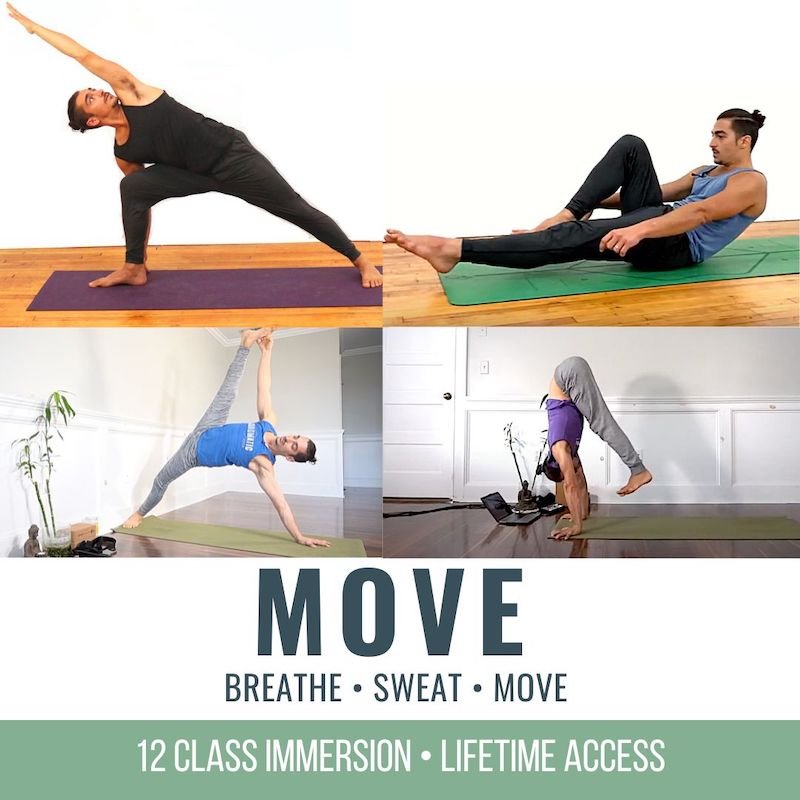Perfect Protraction For Crow PoseBAKASANAPERFECT PROTRACTION FOR CROW POSE When working toward perfect protraction for Crow Pose, it’s essential to understand the role of the serratus anterior, the “fingertip” muscles that wrap around the rib cage and attach to the...
Redefine Chaturanga
Redefine Chaturanga
ALIGNMENT
REDEFINE CHATURANGA
To redefine Chaturanga, we first have to be willing to challenge what we think we already know. Many of us were taught a narrow-hand, elbows-tight variation of the pose—elbows hugging the ribs, hands close beneath the shoulders. But is that the only way? Not necessarily. If we’re open to exploring new pathways, we may discover a version of Chaturanga that supports greater mobility, less strain, and more potential. In today’s blog, we look at how widening the hand placement—when done with precision—can enhance movement at the scapulocostal joint and reduce stress on the more vulnerable glenohumeral joint (the shoulder joint as most of us know it). It’s not about what’s “right or wrong,” but about becoming curious enough to explore alternatives that serve our structure. When we bring awareness to these nuances, we don’t just perform Chaturanga—we evolve it.
ALIGNED VINYASA
REGISTRATION NOW OPEN
- 10 Chromatic Yoga practices with founder Matt Giordano
- Full length 75 minute classes
- 10 Peak Postures: The Most Essential Poses of the Vinyasa Practice
- Meticulously Crafted Experiences to Enhance Your Postural Practice
- Non-dogmatic, Anatomy informed Alignment
- The Perfect Blend of Knowledge and Practice
- A Heavy Emphasis on Technique for the Poses Everyone Expects You to Know but No One Teaches
- 12 Continuing Education hours with Yoga Alliance
- 12 Accredited Hours with the Chromatic School of Yoga
- Step-by-Step instruction for increased accessibility
- Sweat, Breath, Strengthen, Stretch and Feel Amazing!
SHOULDER RISKS
When discussing shoulder health, particularly in postures like Chaturanga, Matt reminds us that risk doesn’t mean avoidance—it means awareness. The glenohumeral joint, the most mobile joint in the body, is highly vulnerable in both high-impact sports and repetitive yoga transitions. In sports, we often hear of dislocations from falling with an outstretched arm. In yoga, we put a significant load on this joint in poses like Chaturanga, Wild Thing, and Full Wheel. That’s not a reason to fear these postures—but rather an opportunity to get smarter about how we move. By strengthening the rotator cuff muscles and increasing body awareness, we make the joint more responsive and supported, even under pressure. This is the heart of the yoga practice: not bypassing challenges, but meeting it with clarity. When we redefine Chaturanga, we reduce joint stress not by doing less, but by doing it better—with strength, technique, and thoughtful engagement.
WATCH THE VIDEO
REDEFINE CHATURANGA: INCREASE AWARENESS, STRENGTH & TECHNIQUE
NON-DOGMATIC APPROACH
Let’s set aside, just for a moment, the spiritual symbolism and tradition tied to Chaturanga and focus purely on the physical mechanics. When we remove the labels of right and wrong, we open the door to deeper inquiry—what are the joints doing, and how is the body responding? In the full class Matt discusses how, the body doesn’t recognize the name “Chaturanga”—it recognizes movement patterns, muscle activation, and joint load. In its most natural form, Chaturanga is simply a push-up, a movement the body inherently understands. By approaching it from a place of curiosity rather than correction, we become more attuned to what the body actually needs in that moment. This perspective allows us to refine our technique, increase our strength, and reduce unnecessary strain—while still honoring the spirit of the practice. When we release rigidity, we make space for a more intelligent and empowered experience on the mat.
200 HOUR ONLINE TEACHER TRAINING
GET CERTIFIED & DEEPEN YOUR YOGA PRACTICE
- Deepen your yoga practice
- Build confidence speaking in front of groups in person and online
- Learn foundational class structures and templates
- Learn techniques for a wide range of yoga postures
- Get certified and highly qualified to teach yoga
- Yoga Alliance Globally Recognized Certification Program
CHATURANGA VARIATIONS
In the video, Matt peels back the layers to help us redefine Chaturanga, offering accessible variations that reintroduce the body to new, more functional patterns. He begins with two supported options using a bolster and yoga blocks—tools that reduce the demand for strength so we can place greater attention on alignment and shoulder mechanics. As we descend, the shoulder blades move from protraction to retraction, a subtle but essential shift. With wide hands and a gentle outward rotation (thumbs aligning with the outer shoulders), Matt encourages more natural scapular movement and improved external rotation of the arms. The bolster under the belly offers support, allowing us to focus without collapsing. In classic Chromatic approach, Matt also teaches by contrast—first demonstrating the shoulder action incorrectly, then guiding us to correct it. This back-and-forth helps encode the movement into our system. Eventually, these variations build toward a stronger, integrated full Chaturanga—one rooted in conscious movement and intelligent strength.
300 HOUR ONLINE TEACHER TRAINING
GET 500 HOUR CERTIFIED AS A MASTER TEACHER
Master your skill set as a teacher through refined techniques, anatomy, biomechanics, sequencing, philosophy, meditation techniques, theming, yoga business, and much more!
- Get 500 hour certified
- Learn anatomy, biomechanics, asana techniques
- Expand your teaching skills
- Masterful sequencing and verbal delivery
- Learn meditation and breathwork techniques
- Transformative tools: theming, dharma talks, satsang
RETHINK & REFORM
Chaturanga, when stripped of assumptions and approached with curiosity, becomes more than a transition—it becomes a tool for self-discovery. Whether supported by props or engaged in the full variation, Chaturanga becomes a pose of choice—not just a challenge. Matt’s layered breakdown shows us how to simplify without losing depth, using variations to build proprioception, strength, and alignment. Reform happens not when we perfect the shape, but when we understand the body behind the movement. With thoughtful adjustments and conscious practice, Chaturanga shifts from something we push through to something we move with. The invitation is simple: stay curious, stay engaged, and keep evolving.
Let this mindset guide your practice as you explore “Aligned Vinyasa,” Matt’s upcoming online immersion in May 2025.
The 200 Hr. Teacher Training: Click Here to See the Next Start Date
The 300 Hr. Advanced Teacher Training: Click Here to See the Next Start Date
Article by Trish Curling
Video Extracted From: Revelation Immersion
ONLINE ANATOMY COURSE
- Accessible, exciting, and easy to learn
- Anatomy and biomechanics for yoga
- Appropriate for both teachers and students
- Learn joint alignment vs pose alignment
- Demystify yoga poses and transitions
- Release aches and pains
- Learn how to avoid common injuries
- Caters to all levels with modifications and props
- 20 hours Continued Education Credits with Yoga Alliance
- 20 hours toward Chromatic Yoga Certification and 300 Hour
- Lifetime access
Continue Learning
Perfect Protraction For Crow Pose
Help For Hamstrings
Help For HamstringsFLEXIBILITYHELP FOR HAMSTRINGS “Yoga butt” or high hamstring tendonitis can be a literal pain where the sit bones meet the hamstrings and glutes. This area is prone to overuse injuries, especially when repetitive forward folds overstretch rather...
Pelvic Floor and Groin Support
Pelvic Floor & Groin SupportCOREPELVIC FLOOR AND GROIN SUPPORT Pelvic floor instability can quietly influence how we move and how safe we feel in our practice. Weakness or imbalance here may lead to groin strains, hip discomfort, or even low-back issues....
Pain In The Neck
Pain In The NeckSTABILITYPAIN IN THE NECK A pain in the neck can be more than just an annoyance. It can ripple into the shoulders, spine, and even the jaw, creating discomfort that affects the whole body. Often, this pain stems from subtle misalignments: a chin that...
King Pigeon Preparation
King Pigeon PreparationHIP OPENINGKING PIGEON PREPARATION King Pigeon demands more than flexibility; it asks us to build carefully and deliberately. Progress comes not from leaping into the deepest version of the posture, but from cultivating strength, control, and...
Boat Pose
Boat PoseNAVASANABOAT POSE Our bodies are intelligent and adaptive, often finding ways to compensate when certain muscles are underused. Over time, these patterns can create imbalances, leaving some muscles overdeveloped and others neglected. In yoga, one area often...
THE FREE TECHNIQUE PACK
When You Subscribe, You Will Get Instant Access to
- the Technique Pack: 15 yoga pose breakdowns
- exclusive online course discounts
- exclusive blogs and videos
